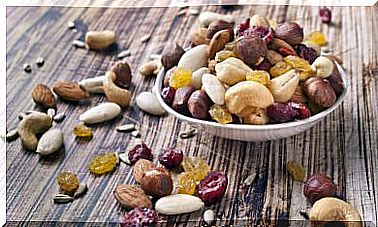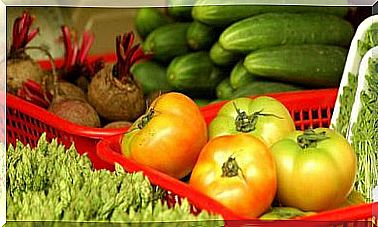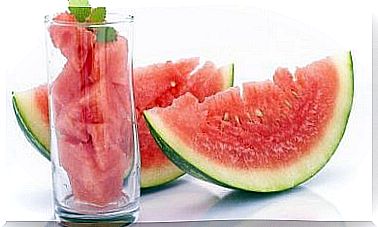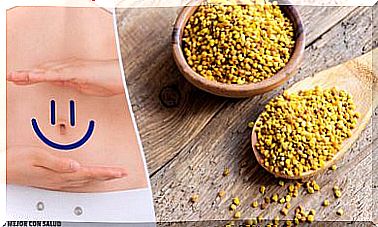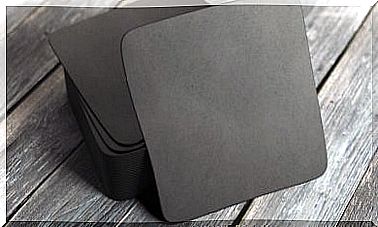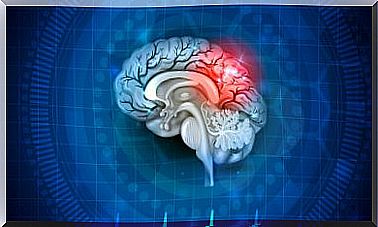Why Is Iron Important For Physical Performance?
Did you know that if you want to improve your physical performance you need to have good iron levels? Here we explain why and how it works.
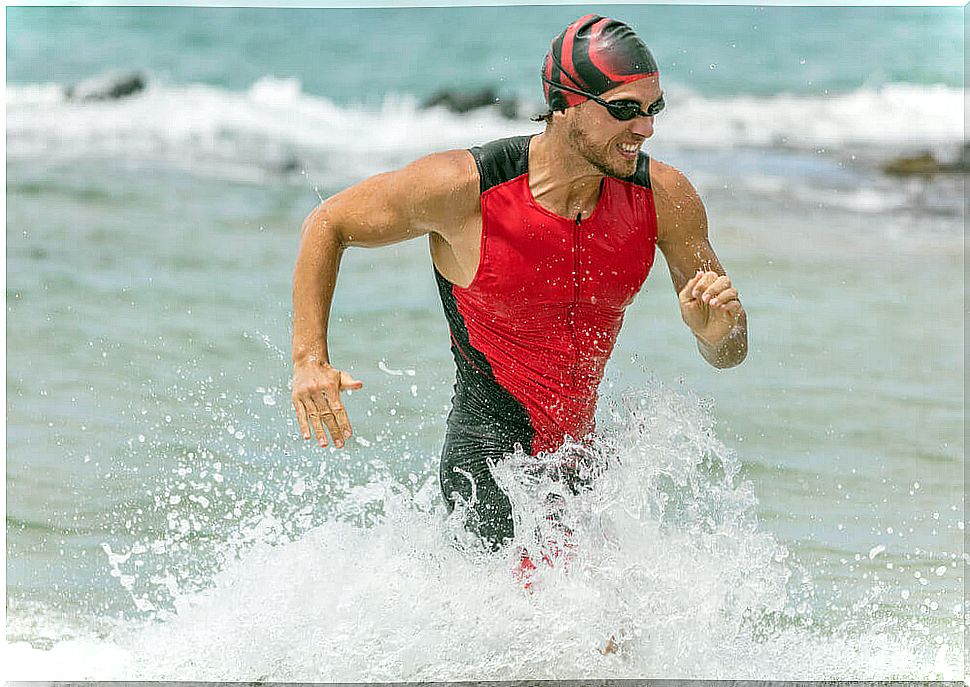
For people who regularly exercise, there are a variety of factors that influence their physical performance. Food is one of them. In that sense, the amount of iron that you add to your diet will help determine your capabilities when achieving results.
For sports enthusiasts, iron is a micronutrient that needs a lot of attention. This is because it is responsible for transporting oxygen and producing all the necessary energy to be able to fulfill your workouts.
Athletes who participate in endurance sports and high-performance sports may experience instability in iron levels. Many have considerable losses due to the very mechanisms of the exercise. On the other hand, menstruation causes this imbalance in sportswomen.
With that said, let’s dive a little deeper into how important iron is to physical performance.
Iron, an essential element for health
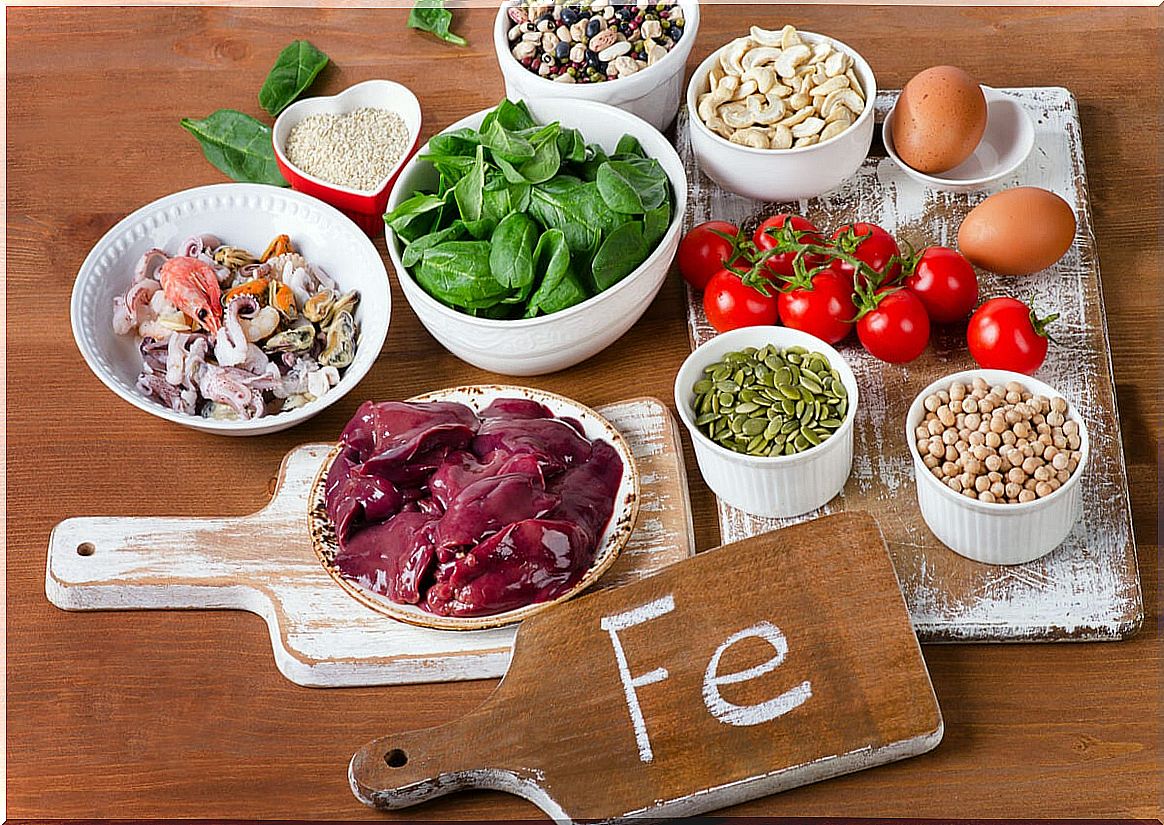
Iron is a very important mineral in the cellular respiration process, in which the body obtains the necessary oxygen to perform its functions optimally.
In fact, this nutrient is stored in organs such as the spleen, liver and bone marrow thanks to ferritin. In addition, it is present in significant amounts in myoglobin and hemoglobin, two proteins that participate in oxygen transport.
The role of iron in physical performance
If human beings need iron in our lives for energy, all people who practice some physical activity need it even more.
Iron is important for the production of hemoglobin. This is what is responsible for transporting oxygen from the lungs to the muscles.
If an athlete has a low hemoglobin level, the amount of oxygen that reaches his muscles will be short-lived compared to what he needs. In this way, their aerobic capacities and physical performance would deteriorate.
Anemia is not a minor issue
Red blood cells are blood cells with a very important function: to carry oxygen to all the tissues of the body.
When we suffer from anemia, the body does not have enough iron, and consequently it produces fewer or too small red blood cells. In this context, you will feel body tiredness and fatigue.
When the blood has a large amount of red blood cells, you will perform better in your day to day life and you will have the ability to quickly regain lost energy. If there is a deficiency of red blood cells, their form or functions, athletes may suffer at some point the so-called athlete’s anemia.
Athlete’s anemia
This anemia consists of a relative reduction of red blood cells that causes the athlete to lower their physical performance. It is especially true for people who perform resistance exercises or those who do high intensity workouts.
It can happen due to maintaining an insufficient supply of iron in relation to its wear and tear due to physical effort. In addition, the situation can be aggravated if sweating is profuse.
Among the causes that can cause an iron deficiency in the athlete are the following:
- Low dietary intake of iron.
- Loss of iron through sweat.
- Low consumption of foods that help with the absorption of iron. Plant-based foods have lower levels than meats.
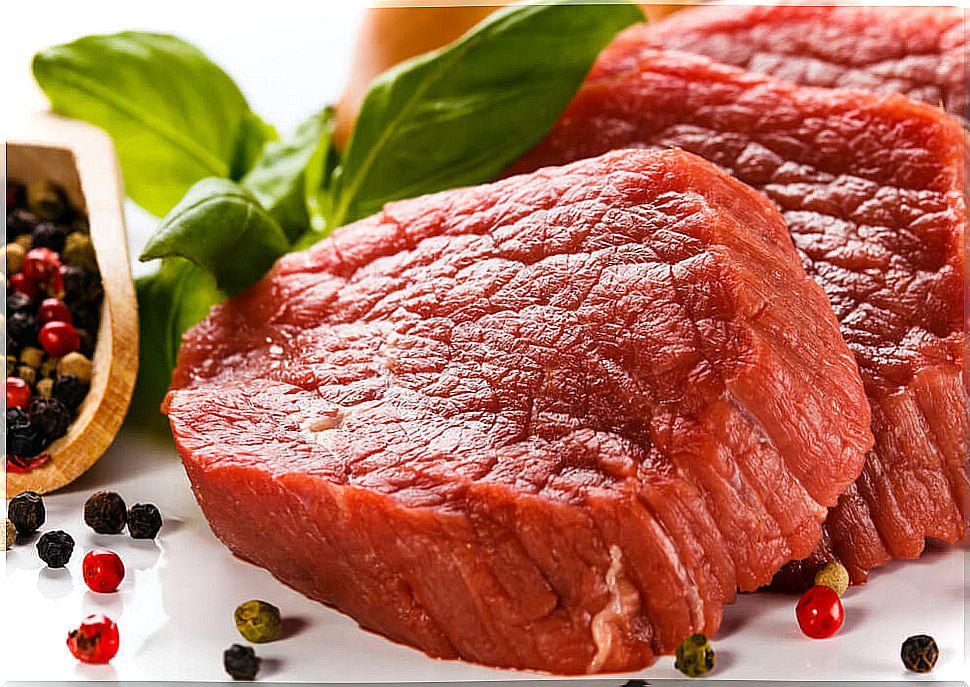
The bioavailability of iron
We speak of bioavailability when we refer to the biological use that the body can efficiently make of iron. Remember that the amount of iron consumed is not equal to the amount absorbed.
Bioavailability depends largely on the chemical form in which iron is ingested. There are two types:
- Heme iron , which is consumed through meat, fish, organ meats, shellfish, mussels, among others, and which has a high bioavailability.
- On the other hand, non-heme iron , which we ingest through vegetables, vegetables, iron-enriched cereals, legumes, oilseed dry fried foods, such as walnuts, hazelnuts, almonds and pistachios. These are of medium-low bioavailability.
How to avoid iron deficiency?
Basically eat foods rich in iron. For example:
- Chicken
- Soy
- Oatmeal
- Liver
- Beans
- Lentils
- Spinach
- Kale
- Green peas
- Wholemeal bread
- Red meat
- Apricot
- Cockles
- Peanut butter
- Plums and raisins
Techniques that favor the absorption of iron
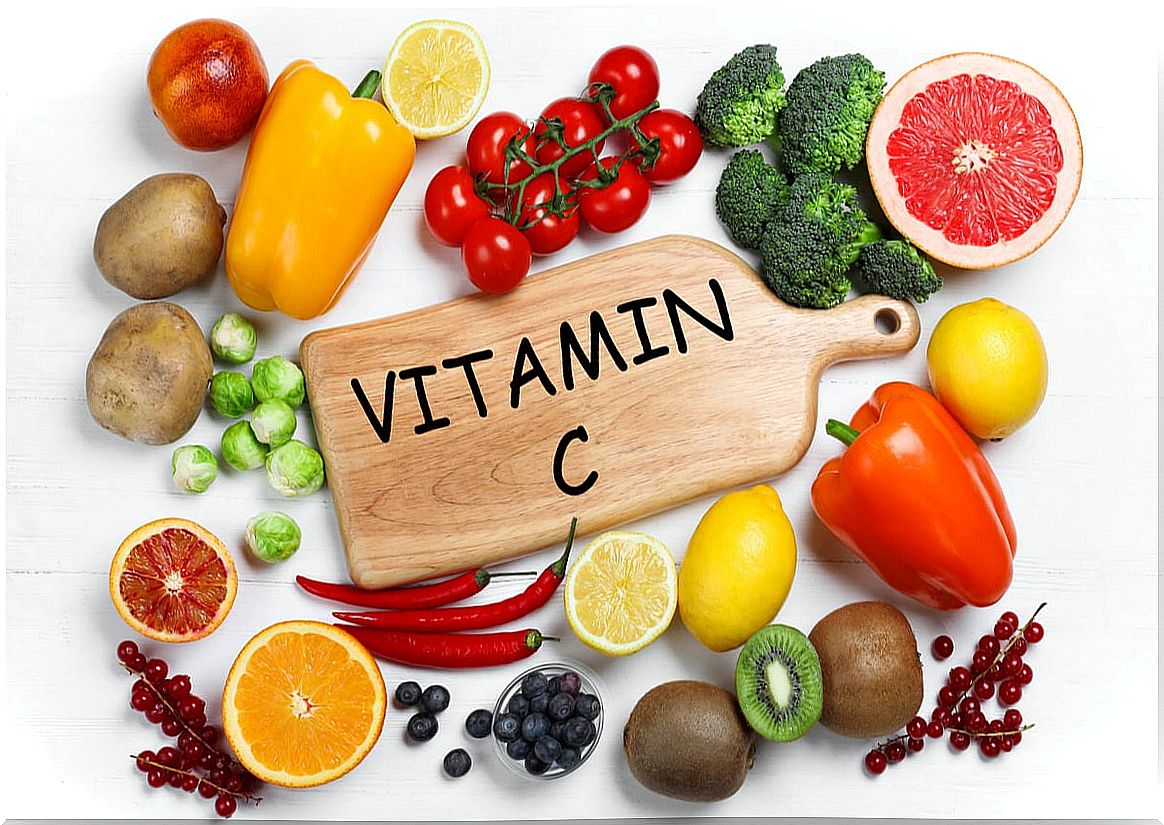
Here are some very useful recommendations that favor the absorption of this mineral:
- Eat foods rich in vitamin C.
- Soak legumes and cereals for 24 hours.
- Increase your consumption of foods with non-heme iron, such as fish and red meat.
- Do not use techniques such as freezing and strong heat treatments, as they transform non-heme iron into heme iron and make its absorption difficult.
- Avoid coffee, tea, chocolate, and alcohol.
- Reduce the consumption of vinegar.
In short, a good diet must be based on iron consumption if you want to maintain adequate physical performance. Perhaps you had not noticed the importance of this mineral, but remember that you will perform your tasks better if you keep your iron levels high.
